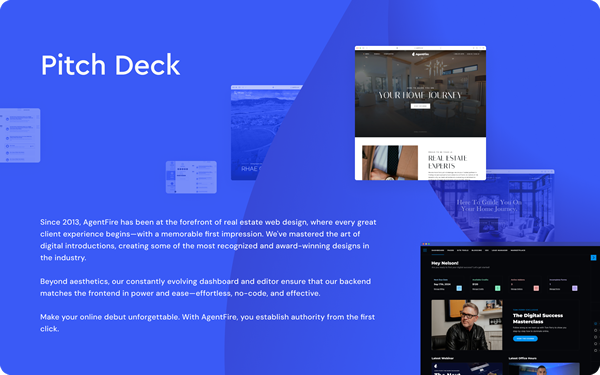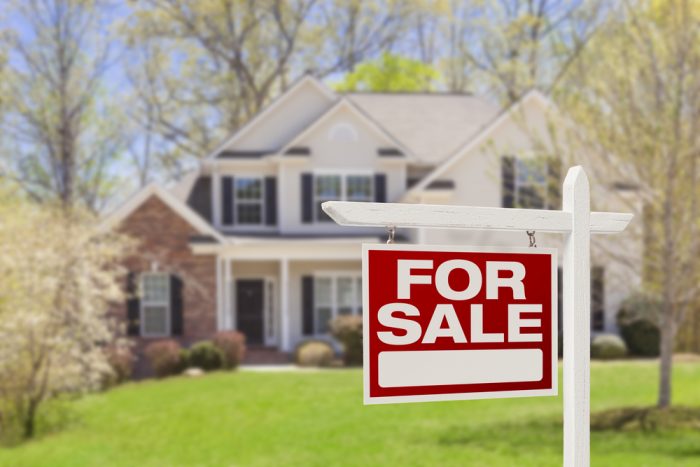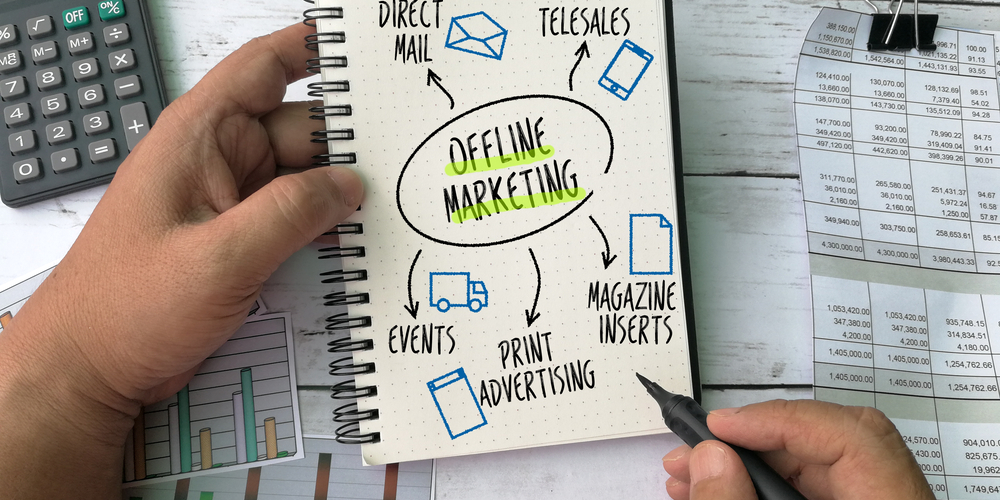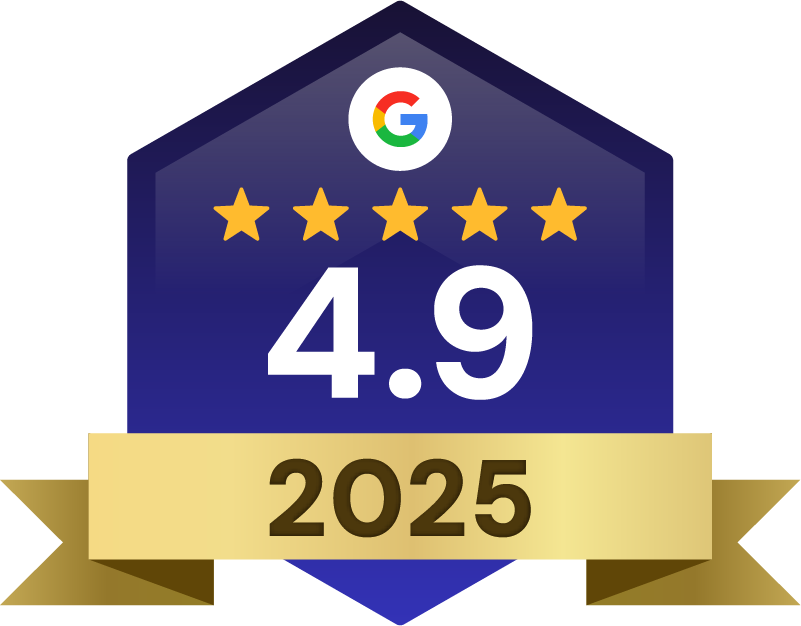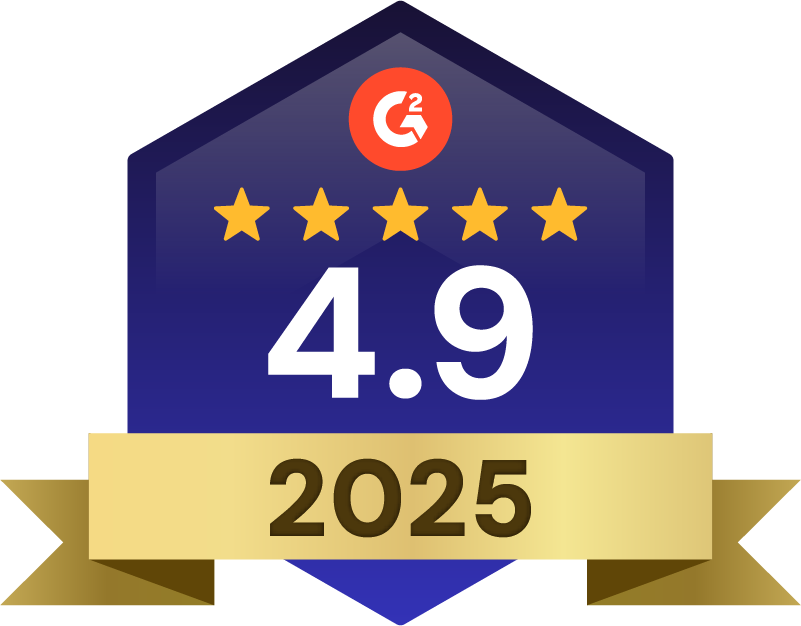Real estate signage to attract buyers, build your brand, and drive leads. Discover proven strategies, materials, and placement tips.
Branding & Design Lead Generation
Real estate signage continues to play an important role in how properties are marketed in 2025. While digital tools and platforms shape most marketing efforts, physical signs remain a direct and visible presence in local neighborhoods.
Modern signage connects offline interest with online information. It also reinforces branding, increases visibility, and supports lead generation — all without requiring buyers to search online first.
This article outlines the strategies, materials, and technologies that make real estate signage useful today. It includes details on how signs are designed, how they function within a larger marketing system, and how their impact can be measured.
What Makes Real Estate Signage Effective Today?
Effective real estate signage communicates clearly, supports agent branding, and encourages buyer action. It draws attention from nearby traffic or foot traffic and provides easy access to property or agent information.
In real estate marketing, signage works as both a standalone tool and a support element. It provides constant, passive advertising in a physical space while also guiding interested buyers to digital listings, virtual tours, or direct contact forms.
The best signs balance traditional visibility with modern features:
- Clear messaging: Property details and agent contact information are immediately visible
- Brand consistency: Colors, fonts and logos match other marketing materials
- Digital integration: QR codes or text codes connect physical signs to online listings
- Durability: Weather-resistant materials that maintain appearance over time
Custom real estate signs are often produced with modular components, allowing agents to reuse or update elements for different listings or events.
Choosing the Right Materials for Maximum Impact
The material of a real estate sign affects how long it lasts, how it looks, and how it performs in different environments. Making the right choice means balancing cost, durability, and professional appearance.
Aluminum Versus Plastic
Aluminum and plastic are the most common materials for outdoor real estate signage. Both are lightweight but differ significantly in durability and presentation.
| Feature | Aluminum Signs | Plastic Signs |
| Durability | Lasts 3-5+ years; resists bending | 1-2 years; may warp in heat |
| Cost | $30-80 per sign | $15-40 per sign |
| Weather Resistance | Excellent in all conditions | Fades in strong sunlight |
| Professional Appearance | Premium look and feel | Basic, economical appearance |
| Weight | Moderate weight, stable in wind | Very light, may need extra anchoring |
Aluminum signs are ideal for:
- Long-term listings
- Areas with harsh weather
- Agents looking to project premium quality
- Properties where the sign will stay in place for months
Plastic signs work better for:
- Short-term listings
- Budget-conscious agents
- Temporary directional signage
- Situations requiring frequent replacement
Foam Board and Composite Options
For situations between permanent outdoor and temporary indoor use, consider these alternatives:
Foam board works well for:
- Indoor open houses
- Information displays inside properties
- Office presentations
- Temporary event signage
Composite materials (like aluminum composite panels) offer:
- Lighter weight than solid aluminum
- Better durability than plastic
- Smooth surface for high-quality printing
- Middle-range pricing
- Some environmentally friendly options
When ordering real estate sign printing, consider both immediate cost and replacement frequency. Higher-quality materials often provide better value over time, especially for established agents who use consistent branding.
Best Practices for Open House and For Sale Signs
Strategic Placement
Where you place your sign dramatically affects how many people see it. Poor placement can make even the best-designed sign ineffective.
For maximum visibility:
- Position signs 5-10 feet from the road edge
- Angle signs at 45 degrees toward oncoming traffic
- Use multiple signs at corner lots (one facing each street)
- Place directional signs at key turning points leading to the property
- Ensure signs are visible from both directions on two-way streets
Always check local regulations before installing signs. Many areas have specific rules about:
- Distance from curbs or property lines
- How long signs can remain after an open house
- Whether directional signs can be placed on public property
- Maximum size and height restrictions
Breaking these rules can result in fines or damaged community relationships, so verify requirements with your local real estate board or municipality.
Bold Color and Branding Elements
The visual design of your sign determines whether people notice it and remember your brand afterward.
For maximum impact:
- High contrast colors: Dark text on light backgrounds or vice versa is most readable from a distance
- Limited text: Include only essential information (property status, contact details, website)
- Large typography: Use simple, bold fonts that can be read from moving vehicles
- Consistent branding: Match colors and logos with your other marketing materials
The most effective real estate for sale signs avoid common mistakes like:
- Using colors that blend with seasonal surroundings
- Cluttering the sign with too much information
- Using script or decorative fonts that are hard to read quickly
- Inconsistent branding across different properties
Remember that your sign may be the first impression potential buyers have of your business. A professional, well-designed sign signals that you’ll handle their property transaction with similar care and attention to detail.
Integrating Technology for Better Lead Capture
Modern real estate signs do more than just sit there — they actively connect with potential buyers through technology. These digital elements transform passive advertising into interactive lead generation tools.
QR Codes and NFC Technology
QR codes have become mainstream, with most smartphone cameras now automatically detecting and offering to scan them. When added to realtor signs, they create an instant bridge between physical and digital spaces.
Setting up effective QR codes:
- Create a dedicated landing page for each property
- Generate a QR code that links directly to this page
- Test the code with multiple devices before printing
- Include a simple instruction like “Scan for details” next to the code
The best destinations for QR codes include:
- Property-specific landing pages with photos and details
- Virtual tour links that show the interior immediately
- Lead capture forms that offer additional information in exchange for contact details
- Mortgage calculator tools customized with the property’s price
NFC (Near Field Communication) tags work similarly but require only a tap or close proximity with newer smartphones. These small chips can be embedded in signs and programmed to open specific web pages when a phone comes near them.
Digital Tools for Lead Tracking
Beyond connecting buyers to information, technology helps agents track how well their signs perform.
Effective tracking methods include:
- Dedicated phone numbers: Assign a unique phone number to each sign to count incoming calls
- Custom URLs: Create property-specific web addresses to measure traffic from physical signs
- Text codes: Set up systems where buyers text a keyword to receive property information
- CRM integration: Connect these tracking tools to your customer database for automated follow-up
These technologies help answer crucial questions about your signage:
- Which locations generate the most interest?
- What times of day do people interact with your signs?
- How many leads come directly from physical signage?
- Which properties benefit most from signage investment?
This data helps refine your approach, allowing you to invest more in what works and adjust what doesn’t.
Sustainable Real Estate Signage Practices
Environmentally responsible signage isn’t just good for the planet — it can also be good for your business and community reputation.
Eco-Friendly Materials
Several options exist for agents looking to reduce their environmental impact:
- Recyclable aluminum: Can be recycled indefinitely without losing quality
- Biodegradable options: Some newer materials break down naturally after use
- Recycled plastic: Made from previously used materials rather than new petroleum
- Soy-based inks: Less harmful than traditional petroleum-based printing inks
These materials often carry certification labels like FSC (Forest Stewardship Council) or SFI (Sustainable Forestry Initiative) that verify their environmental credentials.
The cost difference between standard and eco-friendly options has narrowed significantly. In many cases, recyclable aluminum signs cost only slightly more than traditional options while offering superior durability and end-of-life recyclability.
Recycling and Reuse Strategies
When signs are no longer needed, consider these responsible disposal options:
- Metal recycling facilities accept aluminum signs
- Some plastic recyclers take corrugated plastic signs
- Sign components like frames and posts can be reused with new panels
- Outdated signs can be repurposed for training or office use
Some sign manufacturers now offer take-back programs where they collect and recycle old signs when you order replacements. This closed-loop system reduces waste and often provides small discounts on new orders.
For large brokerages or teams that regularly update signage, implementing a recycling program can reduce disposal costs while supporting environmental goals.
Enhancing Brand Identity with Custom Realtor Signs
Your signs represent your brand in the physical world. They’re working for you 24/7, creating impressions on everyone who passes by.
Effective branding through signage includes:
- Consistent visual identity: Use the same colors, fonts, and logo placement across all marketing
- Recognition elements: Include distinctive features that set your signs apart from competitors
- Quality materials: Higher-grade materials reflect positively on your professional standards
- Property-appropriate design: Adjust design elements to match the property style and neighborhood
A visual checklist for brand-aligned signage:
- Colors match all other marketing materials
- Logo is properly sized and positioned
- Typography matches brand guidelines
- Contact information is clear and current
- Overall design reflects your brand personality
Custom real estate signs design services can help create a cohesive look that works across different property types while maintaining your unique brand identity.
Measuring ROI and Tracking Signage Success
Like any marketing investment, real estate signage should generate measurable results. Several methods help track the effectiveness of your signs.
Lead Attribution Methods
To determine which leads come from your signs:
- Ask directly: Train team members to ask “How did you hear about this property?” during initial contact
- Tracking phone numbers: Use different phone numbers on signs versus online listings
- Custom landing pages: Create unique web addresses printed only on physical signs
- QR code analytics: Track how many times sign QR codes are scanned and by which devices
These methods help attribute leads to their correct source, allowing you to calculate the return on your signage investment.
Optimizing Sign Performance
Once you have data, use it to improve your approach:
- Test different designs in similar neighborhoods to compare performance
- Adjust sign placement based on traffic patterns and visibility
- Update messaging seasonally for maximum contrast and relevance
- Modify digital integration based on which tools generate the most leads
Even small improvements in sign effectiveness can significantly impact lead generation over time. Regular review of performance metrics helps ensure your signage investment delivers maximum value.
Elevate Your Real Estate Signage Strategy
Effective real estate signage combines traditional visibility with modern technology. The best signs catch attention, reinforce your brand, and connect potential buyers to digital information.
Key elements of successful signage include:
- Professional design that reflects your brand identity
- Durable, appropriate materials for the property and location
- Strategic placement for maximum visibility
- Digital integration through QR codes or other technology
- Measurement systems to track performance
When your physical signage connects seamlessly with your online presence, you create a consistent experience for potential buyers. This integration helps convert drive-by interest into actual property inquiries and eventually into closed deals.
AgentFire’s custom website solutions complement effective signage by providing the digital destination that your physical signs promote. When QR codes or sign URLs direct potential buyers to a professionally designed, mobile-friendly property page, the transition from offline interest to online engagement happens smoothly.
Ready to create a cohesive marketing strategy that connects your physical signage with a powerful online presence? Book a Demo with AgentFire today to learn how our custom real estate websites can capture and convert the leads your signage generates.
FAQs About Real Estate Signage
How do I keep my real estate signs from being stolen?
Use tamper-resistant hardware like locking sign brackets or ground anchors that make removal difficult without special tools. Some agents also use GPS trackers in high-theft areas or install signs with warning stickers mentioning surveillance.
What is the standard size for real estate yard signs?
The industry standard for residential real estate for sale signs is 18″x24″ or 24″x36″. The larger size works better on busy streets or larger properties, while the smaller size is appropriate for urban settings with less space between the street and property.
Do real estate signs actually generate leads in today’s digital market?
Yes, physical signage continues to drive significant leads, with buyers reporting that they first discovered their purchased home through a yard sign. Signs also prompt online research, creating a bridge between physical visibility and digital investigation.
How much should I budget for professional real estate signage?
Budget $25-150 per sign depending on material quality, design complexity, and quantity ordered. A typical agent might invest $500-1,000 initially for a complete set including riders, directional signs, and open house materials with replacements as needed.
How can I ensure my signs comply with local regulations?
Contact your local real estate board, city planning department, or homeowners association for specific signage rules in your area. Many locations restrict size, placement, duration, and sometimes even design elements of real estate signs.
What information must be included on real estate signs by law?
Most states require real estate signs to display the brokerage name prominently, and many also require the agent’s license number. Coming soon real estate signs may have additional disclosure requirements in some jurisdictions. Always check local regulations for specific requirements.

